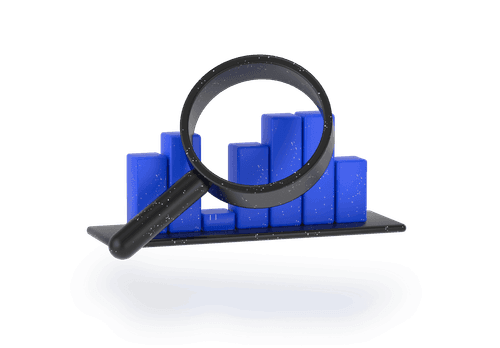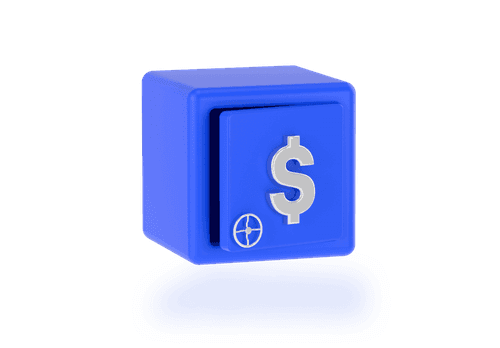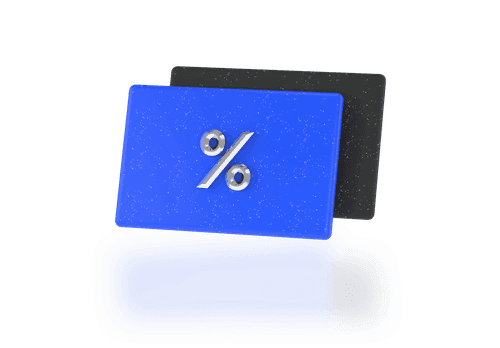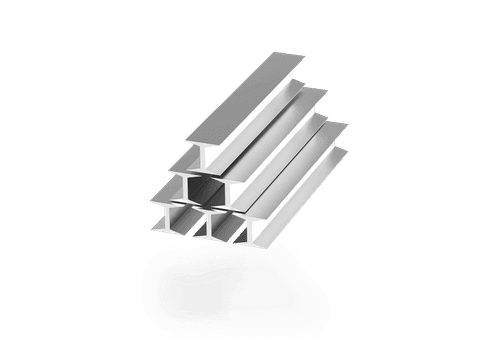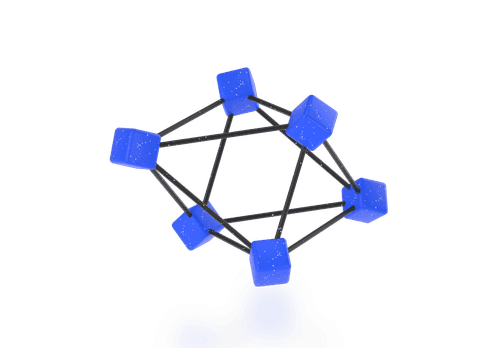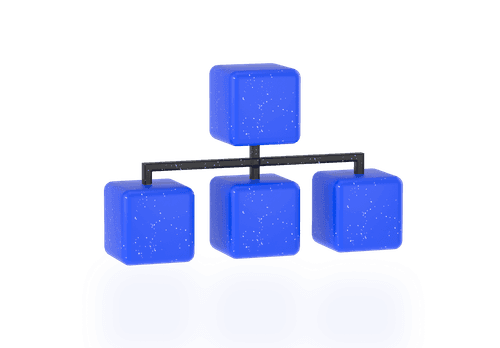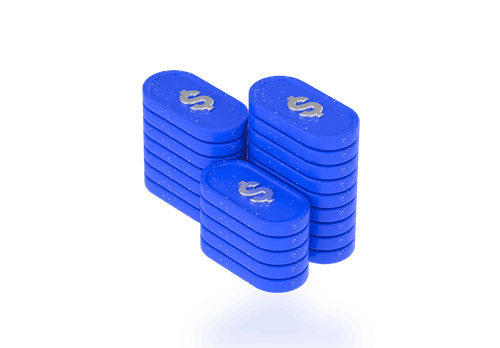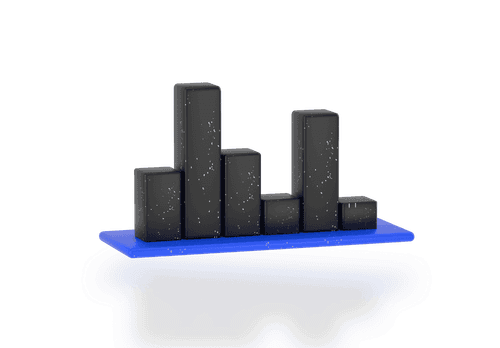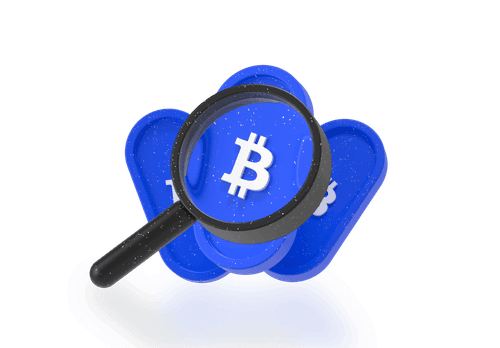Intermediate
Energy Commodities: Opportunities and Risks

Have you ever ventured into the dynamic world of commodities trading? It's a fascinating realm that goes beyond the usual stock market, inviting you to trade in the very essence of raw materials. Imagine dealing in the lifeblood of industries: oil, natural gas, and a spectrum of metals ranging from the foundational (like copper) to the luxurious (like gold and silver). But that's not all — this sector also includes the staples of our daily life, such as wheat for our bread, coffee for our mornings, and sugar to sweeten our days.
In commodities trading, you're essentially a fortune teller, predicting the future worth of these essential goods. It's a game of strategy, where you aim to capitalize on the ever-changing prices. But beware — this market is known for its wild swings. Prices can skyrocket or plummet unexpectedly, turning your investments upside down in an instant.
Moreover, commodities trading isn't just about profit; it's also a shield against the erosive forces of inflation. By investing in commodities, traders often find their portfolios gaining value in sync with rising prices of goods, as these raw materials form the backbone of what we consume every day. Welcome to the world of commodities trading — a blend of risk, reward, and essential economics.
Understanding Commodities 🛢️
In the vast landscape of global trade, commodities are the bedrock, driving everything from manufacturing to food supply, and their prices significantly influence the world economy.
Simplified commodity categories:
- Agricultural Commodities: Encompassing everything from your morning coffee (coffee beans) to the clothes you wear (cotton), this category includes food crops, livestock, and industrial crops.
- Energy Commodities: Essential for modern living, this group powers our homes and vehicles, including crude oil for gasoline, natural gas for heating, and coal for electricity generation.
- Metal Commodities: Integral to numerous industries, these include base metals like copper for wiring and precious metals like gold for electronics and jewelry.
- Environmental Commodities: Focused on sustainability, this category includes renewable energy certificates and carbon emissions, vital for promoting green energy and reducing environmental impact.
Each of these commodities plays a unique role in our daily lives and the global economy, making their trade a critical and ever-evolving market.
Exploring the World of Energy Commodities Trading 🌐
Commodities trading, historically the domain of multinational corporations and major financial houses, has undergone a significant transformation with the advent of online trading. This technological shift has democratized access, enabling individual traders with relatively small capital to participate in the global commodities markets. Trading commodities has grown in popularity as a method for inflation hedging and diversifying investment portfolios, appealing to those looking to protect their funds and mitigate overall portfolio risk. However, this market is characterized by its volatility, with prices susceptible to abrupt and unpredictable changes that can lead to substantial losses.
The roots of commodities trading stretch back to the beginnings of human civilization. Early evidence suggests the trade of essential commodities like rice approximately 6,000 years ago, and around 4,500 BC, the use of clay tokens by the Sumerians to purchase livestock. Historically, the trading of key commodities such as spices, metals, and oil played a pivotal role in the development and prosperity of empires, giving rise to complex trading systems and forms of currency.
In modern times, commodities trading has largely moved from physical exchanges to digital platforms. Prominent global exchanges include the Chicago Mercantile Exchange (CME) in the US, the London Metal Exchange in the UK, and the Shanghai Futures Exchange in China, among others. These exchanges facilitate the dynamic and ever-evolving trade of commodities, connecting various parts of the world in a complex web of economic interactions.
The Dynamics of the Energy Commodities 📉
Commodities traded on international markets share several characteristics: they are essential natural resources with limited geographical availability, exhibit price volatility, and have standardized quality or specifications. The prices of these commodities are influenced by a myriad of factors affecting supply and demand, including economic activities, seasonal changes, weather conditions, and geopolitical events. Major disruptions or new sources can cause significant price fluctuations.
As global economic trends shift and technological advancements emerge, they reshape commodity markets. For instance, China's rise as a manufacturing powerhouse has spiked the demand for energy and metals, altering global trade flows.
Understanding what drives commodity prices is crucial for traders. Fundamentally, supply and demand dictate price movements. An increase in the supply of a commodity like copper typically lowers its price, whereas a decrease in supply drives prices up. Several factors contribute to these supply and demand dynamics:
- Physical Consumption: The demand from manufacturers and consumers directly impacts prices. For example, if the demand for aluminium increases while the supply remains constant or drops, prices will rise. Conversely, an excess supply with falling demand leads to price drops.
- Production Changes: Shifts in production levels heavily influence commodity markets. Reduced output from mines or agricultural failures can tighten supply and increase prices. Conversely, the introduction of new production sources can lead to an oversupply, pushing prices down.
- Currency Movements: Since most commodities are priced in US dollars, the dollar's value significantly impacts commodity prices. A stronger dollar makes commodities more expensive for non-dollar buyers, reducing demand, while a weaker dollar does the opposite.
- Geopolitical Environment: Commodities production is often concentrated in specific regions, making it sensitive to political developments. Events like trade wars, sanctions, or military conflicts can disrupt supply chains and affect global supply and demand.
- Economic Activity: The economic growth of a country drives its demand for commodities. During periods of economic expansion, demand for raw materials increases, and during recessions, it contracts.
- Transportation and Storage: The costs and logistics of transportation can influence commodity prices. Disruptions, whether due to weather or other factors, can lead to price changes, as can storage strategies like using oil tankers for floating storage during oversupply periods.
- Weather: Adverse weather can impact a range of commodities by damaging crops, disrupting production, or causing logistical challenges. Conversely, favorable weather can lead to an abundance in agricultural produce.
- Seasonality: Many commodities are subject to seasonal demand and supply patterns. Energy demand, for instance, typically increases in winter and decreases in summer. Similarly, demand for certain metals may rise during festive seasons, and agricultural supply is tied to harvest times.
Navigating the commodities market requires an understanding of these diverse and interconnected factors that continually shape the global trade in these essential resources.
Navigating Commodity Trading 💼
Commodities are predominantly traded on futures exchanges, where traders speculate on future prices. They're also purchased physically by manufacturing companies for actual use. For traders, there are various methods to engage in commodity trading, each suited to different levels of experience and preferences.
CFD Trading 📊
A popular method is trading commodities through contracts for difference (CFDs). In a CFD, you enter a contract with a broker to speculate on the price movement of a commodity between the opening and closing of the trade. CFD trading allows you to bet on price changes without owning the actual commodity, eliminating the need for storage fees. However, CFDs are leveraged products, meaning they can amplify both profits and losses.
Commodities Futures 📑
With a brokerage account, you can trade commodity futures, agreeing on a future price for the commodity with another investor. This approach involves predicting the commodity's price at a specific future date.
Commodity Options 🎫
Options are derivatives based on futures contracts. They give the holder the right to buy or sell the commodity at a pre-set price on a future date. Profit or loss depends on the price movement towards or away from this strike price.
Physical Commodity Purchases 🪙
For those interested in owning physical commodities like gold bullion or oil barrels, purchasing directly from a dealer and securely storing the asset is an option.
Commodities Stocks ⛽️
Another route is investing in the stocks of companies involved in commodities, such as oil refiners or miners. While these stocks can respond to changes in commodity prices, they also carry other risks linked to the company's performance and management strategies.
Commodities ETFs 💱
Exchange-traded funds (ETFs) and exchange-traded notes (ETNs) offer an accessible way to invest in commodities. These funds pool money from investors to create portfolios that track either a single commodity or a range of them. ETFs might invest in futures contracts or in stocks of commodity-related companies. They provide a diversified investment option but do come with management fees and may not always mirror the returns of the commodity they track.
Commodity Pools and Managed Futures 🏊
For those seeking potentially higher returns and more sophisticated trading strategies, commodity pools and managed futures are options. These are private funds investing in commodities and are not publicly traded, requiring approval for participation. While they offer the chance for higher returns, they often come with higher management fees.
Each of these methods for trading commodities has its own set of benefits and risks. Understanding these options and their implications is crucial for anyone looking to enter the commodities market. Whether it's direct physical purchase, investing in stocks or funds related to commodities, or engaging in more complex instruments like CFDs, futures, and options, the choice depends on individual investment goals, risk tolerance, and market understanding.
What is an Energy Commodities Trading Strategy? 👨🏻💼
An energy commodities trading strategy involves the buying and selling of energy resources like crude oil, natural gas, coal, and renewable energy sources. The aim is to profit from the fluctuating prices in the energy market. This type of trading requires a keen understanding of the factors that influence energy prices, including geopolitical events, environmental policies, technological advancements, and trends in global demand and supply.
- Market Analysis: The foundation of any energy trading strategy is thorough market analysis. Traders must stay informed about global events, economic indicators, and technological innovations that can impact energy prices. This includes monitoring news related to oil-producing nations, changes in renewable energy technologies, and shifts in environmental policies.
- Risk Management: Given the volatile nature of the energy market, a robust risk management strategy is crucial. This involves setting clear risk limits, using stop-loss orders, and diversifying trades to mitigate potential losses.
- Technical Analysis: Many traders use technical analysis to predict price movements by studying historical price charts and market statistics. Technical indicators like moving averages, RSI (Relative Strength Index), and MACD (Moving Average Convergence Divergence) are commonly used.
- Fundamental Analysis: This involves evaluating the basic supply and demand factors that affect energy prices. Traders analyze data such as inventory levels, production rates, and weather patterns that could impact energy consumption.
- Hedging: Some participants in the energy market, particularly those involved in production or heavy consumption of energy commodities, use trading as a hedging tool to protect against adverse price movements.
- Speculative Trading: Speculators aim to profit from price volatility in the energy markets. They might use a variety of financial instruments, including futures, options, and CFDs, to capitalize on short-term price movements.
- Algorithmic and High-Frequency Trading (HFT): Advanced traders may use algorithmic strategies, which involve automated trading systems based on pre-set criteria. HFT is a form of algorithmic trading characterized by high speeds, high turnover rates, and high order-to-trade ratios.
- Seasonal Trends: Understanding and capitalizing on seasonal trends is another aspect of energy trading. For instance, natural gas prices might rise in winter due to increased heating demand.
Each strategy in energy commodities trading comes with its own set of risks and opportunities. Traders must continuously adapt their strategies to the ever-changing market conditions and maintain a disciplined approach to manage risks effectively.
